Gosapo Beach (고사포해수욕장)
8.8Km 2024-04-07
8-8, Norumok-gil, Buan-gun, Jeonbuk-do
+82-63-582-7808
Gosapo Beach commands a magnificent scenic view, thanks to the 2-kilometer stretch of fine sand and pine forest along the beach. The beach is considered one of the cleanest among the beaches in the area. Every two weeks, the tides fall to reveal a path from Gosapo Beach to Haseom Island.
[Byunsan Seashore Path- Course 3]Jeokbyeokgang Sunset Trail ([변산 마실길 3코스] 적벽강 노을길)
8.8Km 2025-10-23
Byeonsan-myeon, Buan-gun, Jeollabuk-do
The Byeonsan Seashore Path is a scenic 66-kilometer coastal walk stretching from the Saemangeum Seawall to the Julpo Bay Tidal Flat Ecological Park. One of its highlights is Course 3 (Jeokbyeokgang Noeulgil), which offers breathtaking views of rock formations of the Cretaceous period in the Mesozoic Era along the Jeokbyeokgang Cliffs and Chaeseokgang Cliff. Gyeokpo Port provides fresh seafood and passenger ferry service to and from Wido Port. This course spans from Seongcheon Port to Gyeokpo Port, and when the tide is low, you can walk along the exposed shore, marveling at the unique rock formations and wildflowers along the way.
Jiksopokpo Falls - Jeonbuk National Geopark (직소폭포 (전북 서해안권 국가지질공원))
9.1Km 2025-03-15
62, Silsang-gil, Buan-gun, Jeonbuk-do
+82-63-580-4331
Jiksopokpo Falls is located within Bongnaegugok Valley. The waterfall is the largest in Byeonsanbando National Park, thundering down 30 meters. The waterfall can be reached by a hiking trail starting at Naesosa Temple. Known as one of the most beautiful sights in Byeonsanbando National Park, the waterfall is very popular with tourists.
Byeonsanbando National Park (변산반도국립공원)
9.2Km 2024-04-07
11, Bangpaje-gil, Byeonsan-myeon, Buan-gun, Jeonbuk-do
+82+63-582-7808
Designated as a national park in 1988, Byeonsanbando National Park is the only national park in the country that consists of both the ocean and the mountains. The park is divided into two large sections: the shore area, called Outer Byeonsan, and an inland area called Inner Byeonsan. It has mountain peaks made up of unique rock formation, such as Uisanbong Peak (508 meters), Chaeseokgang Cliff, and Jeokbyeokgang Cliffs. Nearby Gyeokpo Port and Naesosa Temple are all worth exploring, enriching the experience of the area. It's also well known for having the latest sunset in the country with stunning panoramic views.
Gomso Swimteo (곰소쉼터)
9.9Km 2024-04-07
1086 Cheongja-ro, Jinseo-myeon, Buan-gun, Jeonbuk-do
Gomso Swimteo is a restaurant located next to the Gomso Salt Farm, which produces sea salt. The signature dish is the jeotgal jeongsik (salted seafood set menu), featuring nine varieties of salted seafood served with soybean paste jjigae. Customers can also enjoy unlimited refills of salted seafood, similar to a buffet style. Gomso's salted seafood is renowned for its excellent taste, as it is made by marinating freshly caught seafood in Gomso sea salt for over a year.
Midang Literary House (미당 서정주 시문학관)
10.5Km 2025-01-10
2-8, Jilmajae-ro, Gochang-gun, Jeonbuk-do
+82-63-560-2760
The Midang Literary House is a memorial center for the great poet Seo Jeong-Ju (penname ‘Midang’) built in Seonun-ri in Gochang-gun, Jeollabuk-do, where the poet was born and is buried. In the fall of 2001, a year after the poet’s death, the center opened on November 3rd on the anniversary of the Gwangju Student Movements (1929 and 1930), which took place while Midang attended Jungang High School. Located adjacent to the center are the poet’s birth house and grave.
Housed in a renovated branch of Seonun Elementary School, the Midang Literary House was structurally designed to convey the architectural concepts of 'eco-friendly' and 'learning.’
Byeonsan Beach (변산해수욕장)
11.0Km 2025-01-15
2076 Byeonsan-ro, Buan-gun, Jeonbuk-do
+82-63-583-6951
Byeonsan Beach is a representative beach of the west coast. The beach is known for its white sand and fir trees. Also, having opened in 1933, it is the oldest beach in Korea. The fine sandy beach stretches endlessly and the water is clear. Furthermore, the water is only 1 meter deep and warm, making it an ideal beach for playing in the water.
Gohyang Sikdang (고향식당)
11.2Km 2024-04-18
20-3 Jungchon-gil, Asan-myeon, Gochang-gun, Jeonbuk-do
Gohyang Sikdang is a highly recommended restaurant in Gochang known for its grilled eel dishes. Their signature dish is the Pungcheon jangeo yangnyeom gui (Pungcheon grilled marinated eel) seasoned with a sauce made from over 30 kinds of fruits and medicinal herbs, grilled to perfection. Pungcheon eel from Seonunsan is famous for its rich and savory flavor. They also offer other menu items such as jangeo tang (spicy eel stew) and dolsot sanchae bibimbap (hot stone pot wild vegetable bibimbap).
Seonunsan Mountain [National Geopark] (선운산 (전북 서해안 국가지질공원))
11.3Km 2024-04-07
158-6, Seonunsa-ro, Gochang-gun, Jeonbuk-do
+82-63-560-2699
Seonunsan Mountain is famous for its sunrise views at Nakjodae Overlook and Cheonmabong Peak. The mountain is mostly comprised of hard volcanic rocks, creating a landscape of sharp cliffs softened by the forest vegetation.
Gochang Seonunsa Temple (선운사 (고창))
11.4Km 2024-04-07
250, Seonunsa-ro, Gochang-gun, Jeonbuk-do
+82-63-561-1422
Seonunsa Temple is known to have been built in 577, the 24th year of King Wideok of the Baekje dynasty. It is the second head temple of Jogye Order in Jeollabuk-do. According to the temple's historical records, it was originally a very large temple with 89 hermitages and 3,000 monks. Today, only four hermitages remain: Dosoram, Chamdangam, Dongunam, and Seoksangam. In addition, the temple is home to 25 prestigious heritages, namely the Forest of Common Camellias, which is designated as ㅁ Natural Monument. A festival dedicated to this forest is held every April.
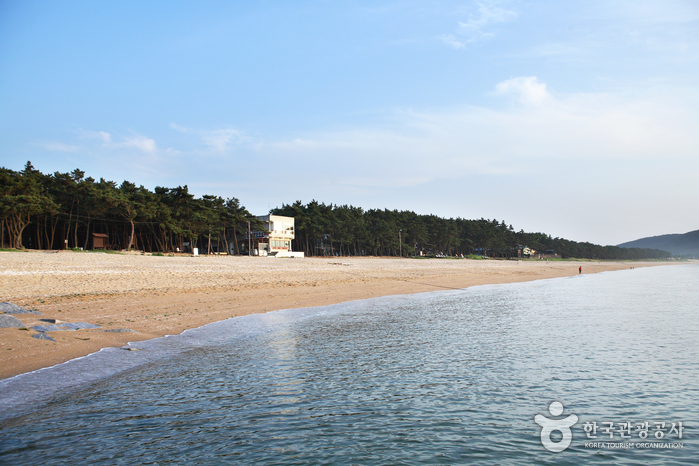
![[Byunsan Seashore Path- Course 3]Jeokbyeokgang Sunset Trail ([변산 마실길 3코스] 적벽강 노을길)](http://tong.visitkorea.or.kr/cms/resource/33/2942533_image2_1.jpg)
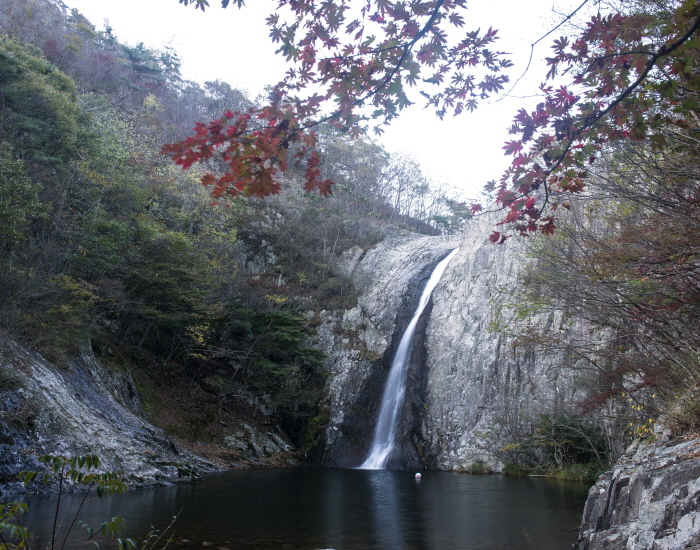
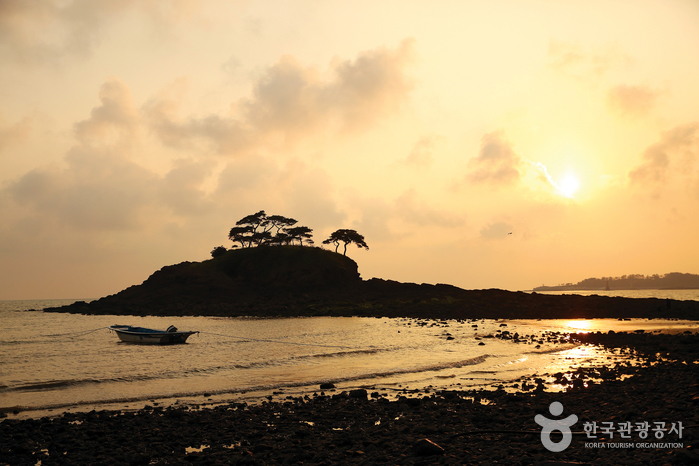
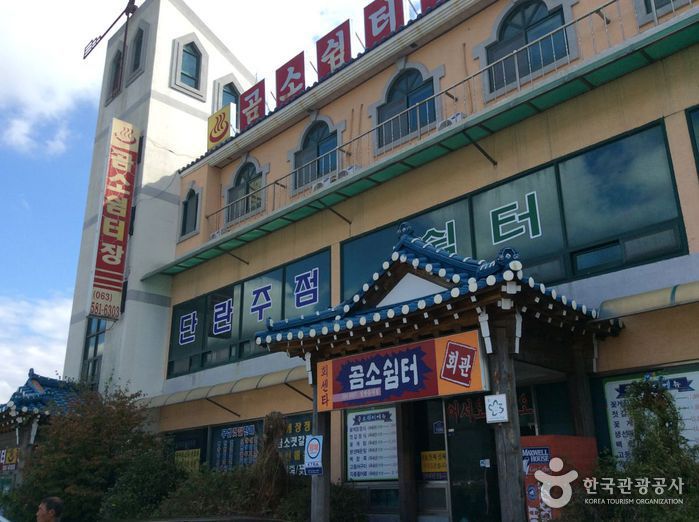
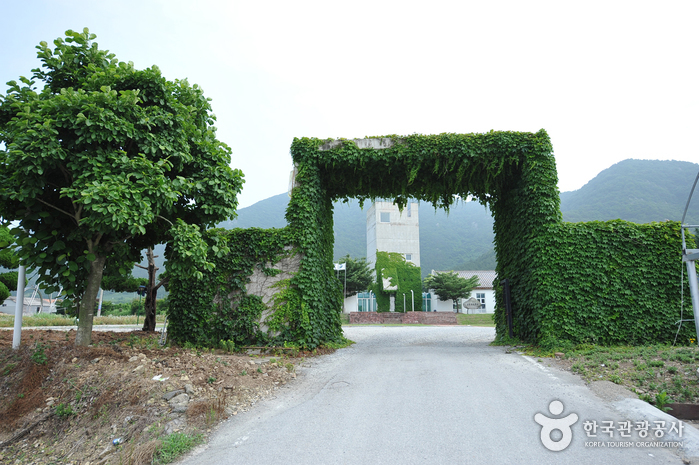
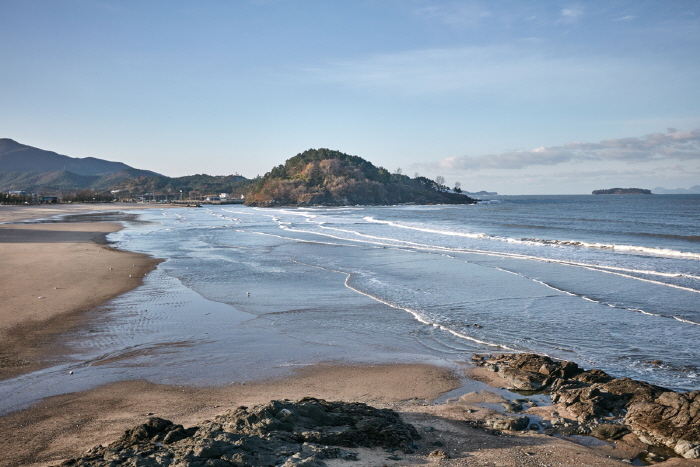

![Seonunsan Mountain [National Geopark] (선운산 (전북 서해안 국가지질공원))](http://tong.visitkorea.or.kr/cms/resource/64/2678864_image2_1.jpg)
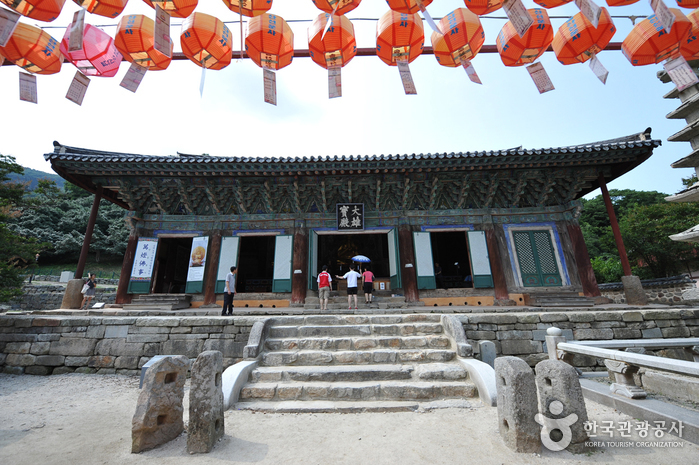
 English
English
 한국어
한국어 日本語
日本語 中文(简体)
中文(简体) Deutsch
Deutsch Français
Français Español
Español Русский
Русский